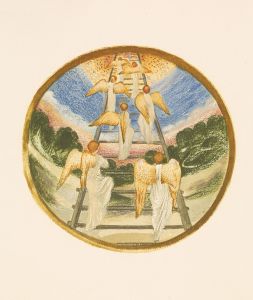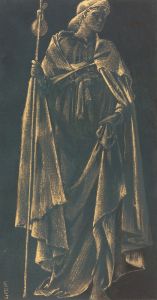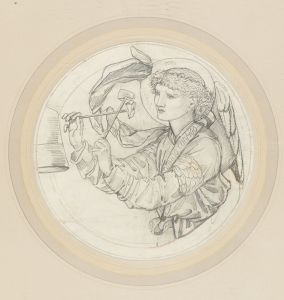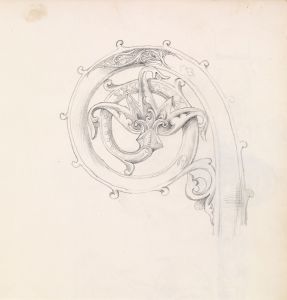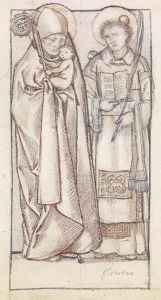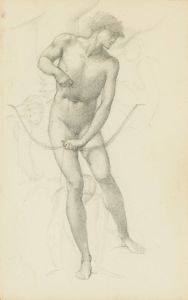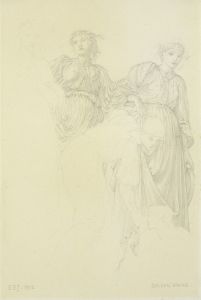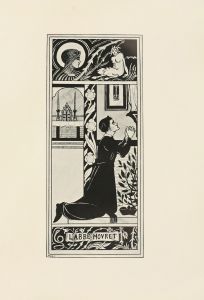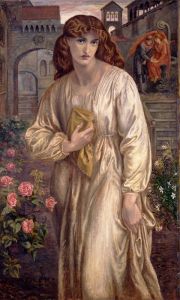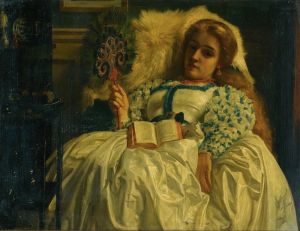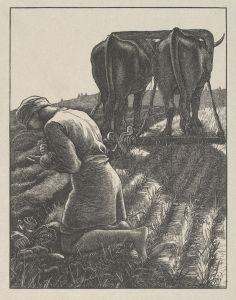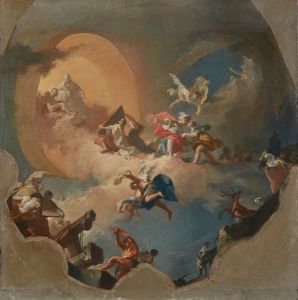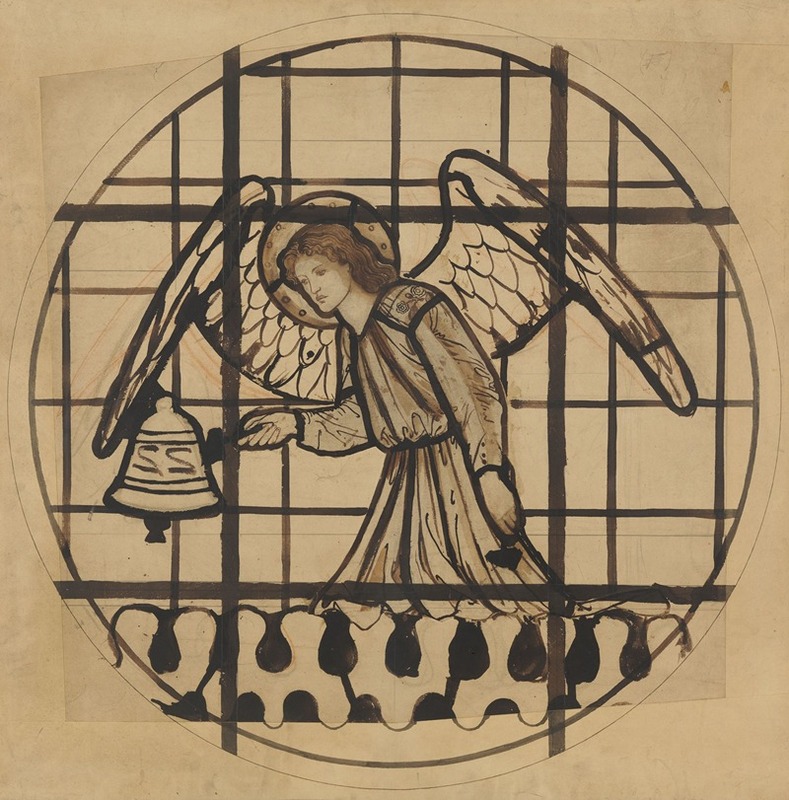
Angel Playing on Bells
A hand-painted replica of Sir Edward Coley Burne-Jones’s masterpiece Angel Playing on Bells, meticulously crafted by professional artists to capture the true essence of the original. Each piece is created with museum-quality canvas and rare mineral pigments, carefully painted by experienced artists with delicate brushstrokes and rich, layered colors to perfectly recreate the texture of the original artwork. Unlike machine-printed reproductions, this hand-painted version brings the painting to life, infused with the artist’s emotions and skill in every stroke. Whether for personal collection or home decoration, it instantly elevates the artistic atmosphere of any space.
"Angel Playing on Bells" is a painting by the British artist Sir Edward Coley Burne-Jones, a prominent figure in the Pre-Raphaelite Brotherhood, an art movement that emerged in the mid-19th century. Burne-Jones, known for his romantic and mythical subjects, often drew inspiration from medieval art and literature, which is evident in this particular work.
The painting depicts an angel, a common motif in Burne-Jones's oeuvre, engaged in the act of playing bells. This subject matter reflects the artist's fascination with religious and celestial themes, as well as his interest in music as a divine and harmonious force. The angel is typically portrayed with serene and ethereal beauty, characteristic of Burne-Jones's style, which often emphasized elongated forms and delicate features.
Burne-Jones's technique in "Angel Playing on Bells" showcases his meticulous attention to detail and his ability to create a sense of otherworldliness. The use of soft, muted colors and intricate patterns contributes to the dreamlike quality of the painting. The composition is carefully balanced, with the angel positioned centrally, drawing the viewer's focus to the act of playing the bells, which may symbolize the harmony between the earthly and the divine.
The painting is part of a larger body of work by Burne-Jones that explores themes of spirituality and the transcendental. His works often convey a sense of longing and introspection, inviting viewers to contemplate the deeper meanings behind the imagery. "Angel Playing on Bells" fits within this context, offering a visual representation of the artist's exploration of the intersection between the human and the spiritual realms.
Burne-Jones's influence extended beyond his paintings; he was also involved in the design of stained glass windows, tapestries, and other decorative arts. His collaboration with William Morris, a fellow member of the Pre-Raphaelite Brotherhood, led to significant contributions to the Arts and Crafts Movement, which sought to revive traditional craftsmanship and integrate art into everyday life.
The exact date of creation for "Angel Playing on Bells" is not well-documented, but it is consistent with Burne-Jones's mature period, during which he produced many of his most acclaimed works. His art was well-received during his lifetime, and he was knighted in 1894, recognizing his contributions to British art.
Today, Burne-Jones's works, including "Angel Playing on Bells," are held in high regard and can be found in major art collections and museums worldwide. His legacy continues to influence artists and captivate audiences, reflecting the enduring appeal of his vision and the timeless quality of his art.





